Moon shot
Cambridge academic named backup astronaut on Artemis II mission - to lay groundwork for first moon landing in 50 years, and future explorations of Mars
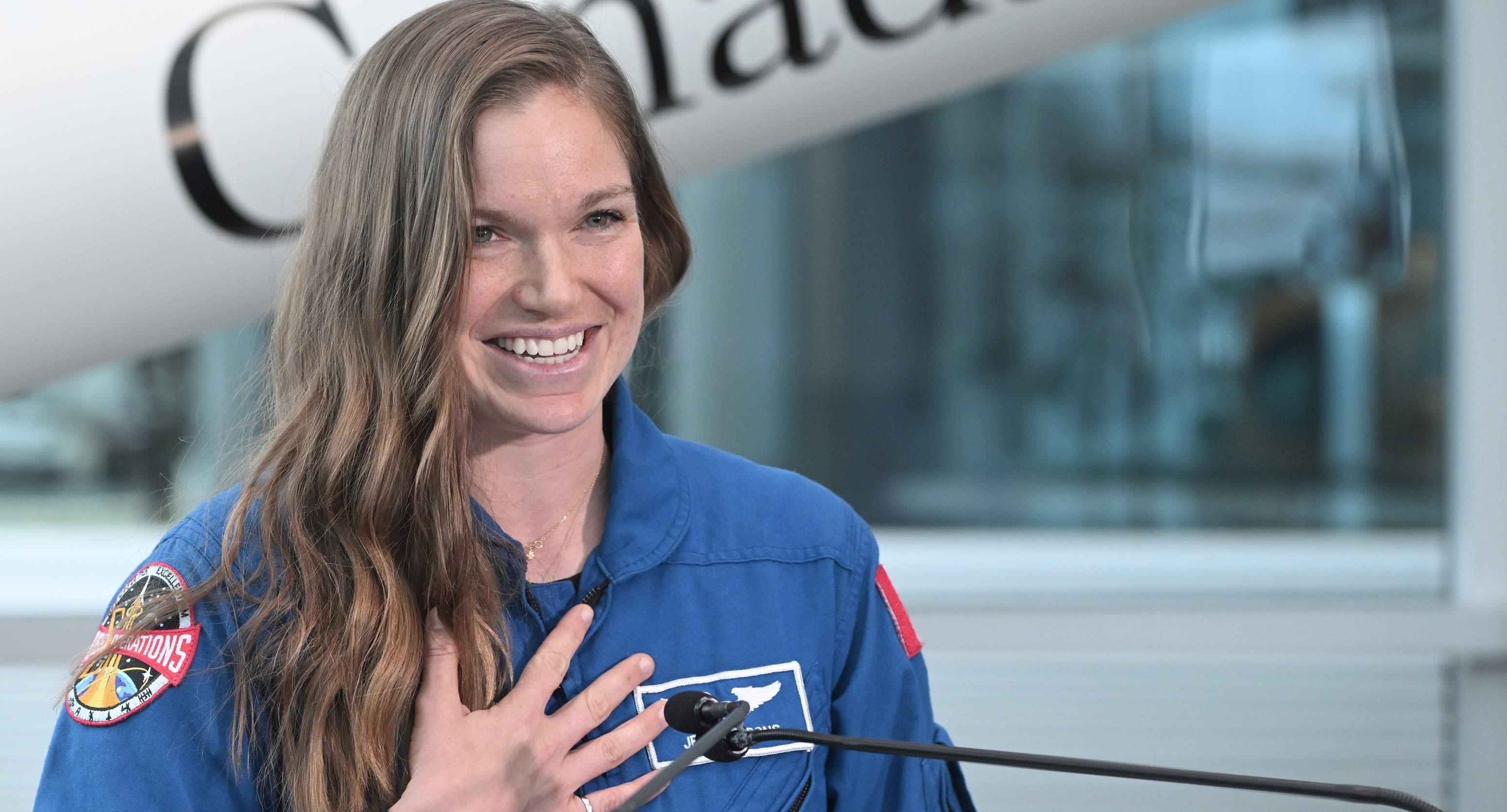
NASA's Artemis II will send humans around the moon and further into space than they have ever been, but the mission's potential to push boundaries closer to home is also key for the Cambridge academic who has just been named backup astronaut.
"I love the big picture of it – of space exploration," says Dr Jenni Gibbons, Assistant Professor in Engineering at Cambridge, and Fellow at St Catharine's College. "I know that the things that we learn on our journeys beyond our own atmosphere really help us here on Earth.
"The systems we need to keep astronauts alive in space, for example, are very similar to the systems we would need to develop to support life in remote regions on Earth – things like medical care, food security and clean water. These things are at the core of space exploration, but it's also how we gain traction and help solve challenges that we're facing on our planet.
"The technologies that we're developing for space, to understand that big picture, not only bring scientific benefits but also this technological windfall that follows."
Dr Gibbons – a Canadian Space Agency (CSA) astronaut, who moved from Cambridge to Houston in 2017 to begin NASA training – will provide ground support and be instrumental in developing astronaut procedures for Artemis II, and future lunar missions. And should fellow Canadian astronaut Jeremy Hansen be unable to participate as a crew member on the Orion spacecraft, which is planned to launch in November 2024, Dr Gibbons will step in.
"It's been a surprise, but a really wonderful journey that Cambridge has a lot to do with."
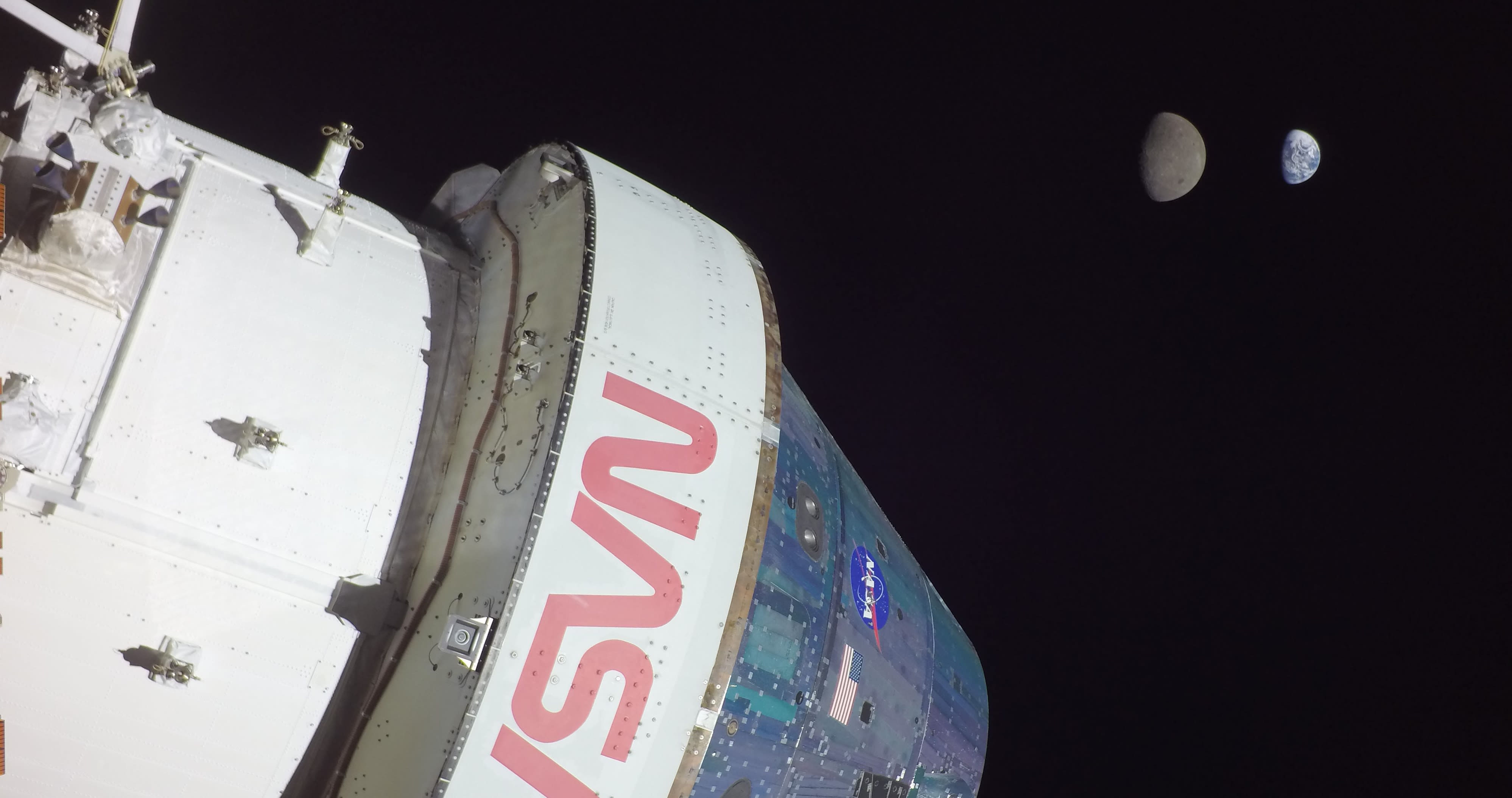
After completing a PhD in engineering at Jesus College in 2015, Dr Gibbons became a University Lecturer in Internal Combustion Engines, teaching students in the Energy, Fluid Mechanics and Turbomachinery Division. She says it was the ideal grounding for her move into astronautics.
"I was so fortunate to come to Cambridge to do my PhD, and I had a wonderful supervisor and set of colleagues. They really set me up for success. I stayed for a postdoc and then I was fortunate enough to get the professorship. I loved that moment and I feel so fondly towards that research, and the Engineering department. But then the opportunity to apply for the Canadian space programme came up, and those kinds of opportunities are so rare.
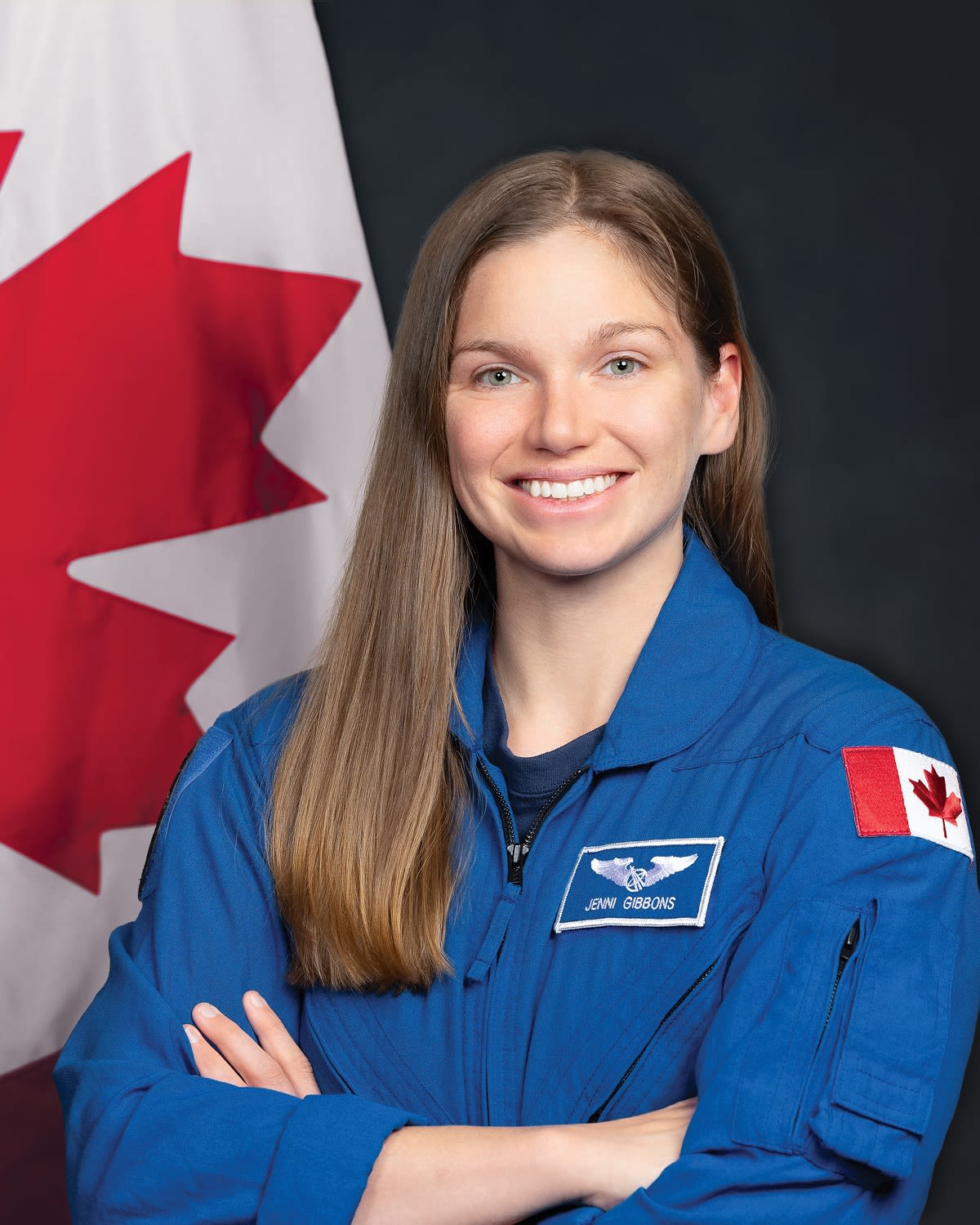
Credit: Canadian Space Agency
Credit: Canadian Space Agency
"So it's been a surprise, but a really wonderful journey that Cambridge has a lot to do with. I feel a tremendous amount of support from those people, and St Catharine's College, and I feel like that's one of the wonderful things that the University of Cambridge environment sets you up for – you have such a broad range of experiences and so much opportunity. I certainly didn’t expect this is where it would take me, but my work in combustion really set me up with the fundamentals that I needed to be in the space programme – the ability to understand complex concepts, to think through and problem solve, and even the operational experience of working in a lab with dangerous materials."
One of the biggest challenges of astronaut training, says Dr Gibbons, is constantly "switching gears" to make sure every aspect is covered, from learning other astronauts' languages, to practising spacewalks and capsule egress. She has also gained experience in mission support – including supporting fellow Cambridge alumna Kayla Barron on her first trip to the International Space Station (ISS) in 2021, aboard SpaceX Crew Dragon.
"You have this moment of pause, and you think ‘this is an amazing thing I have the opportunity to do'.”
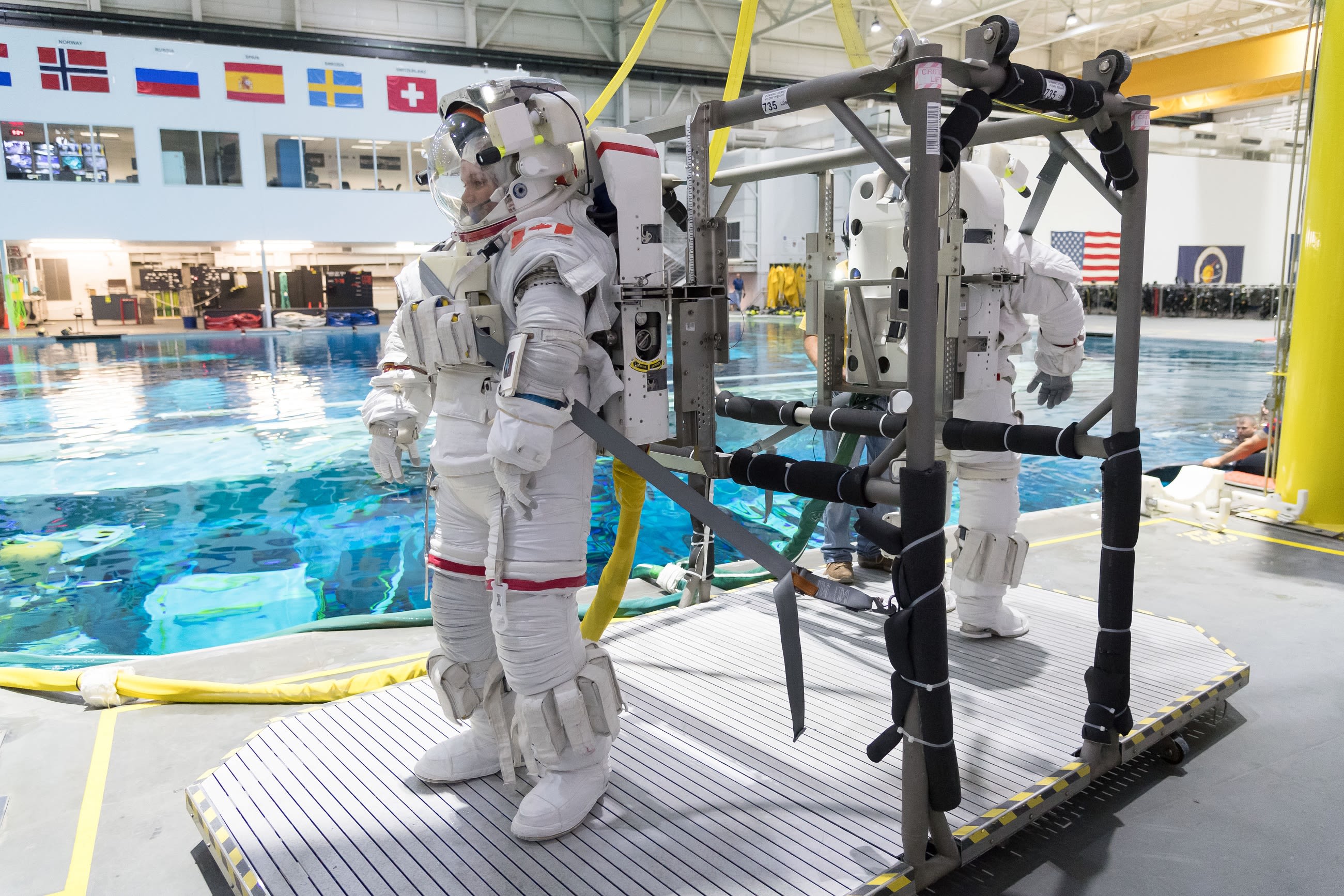
"Kayla is one of my closest friends, so that was an absolute joy. I've been training with her since the beginning, so to be able to support her from the ground during such a capstone moment in her career, and be there for her family; it was just such a wonderful experience and is a great memory for me."
Another stand out moment during her time in the space programme was the recent fitting of the spacesuit she would wear on the Artemis II mission. "It's just one of the coolest things that we do and it just makes it so real. You need to learn a lot to be able to operate in those suits, and there are a lot of intricacies you need to be aware of, but when you're in it you have this moment of pause, and you think 'this is an amazing thing that I have the opportunity to do'."
The first crewed mission to the moon since Apollo 17 in 1972, Dr Gibbons says the significance of Artemis II is huge.
"First and foremost, I think we have to state just how big a shift this is. Since Apollo, we've been flying to the ISS and that’s been a very sustainable programme that has led to breakthroughs in multiple areas of science, like health research, and has been a test bed for technological development – it's this wonderful international partnership 400km above the Earth. But what Artemis II represents is a combination of the ground-breaking exploration of Apollo, and this more sustainable collaboration of the ISS."
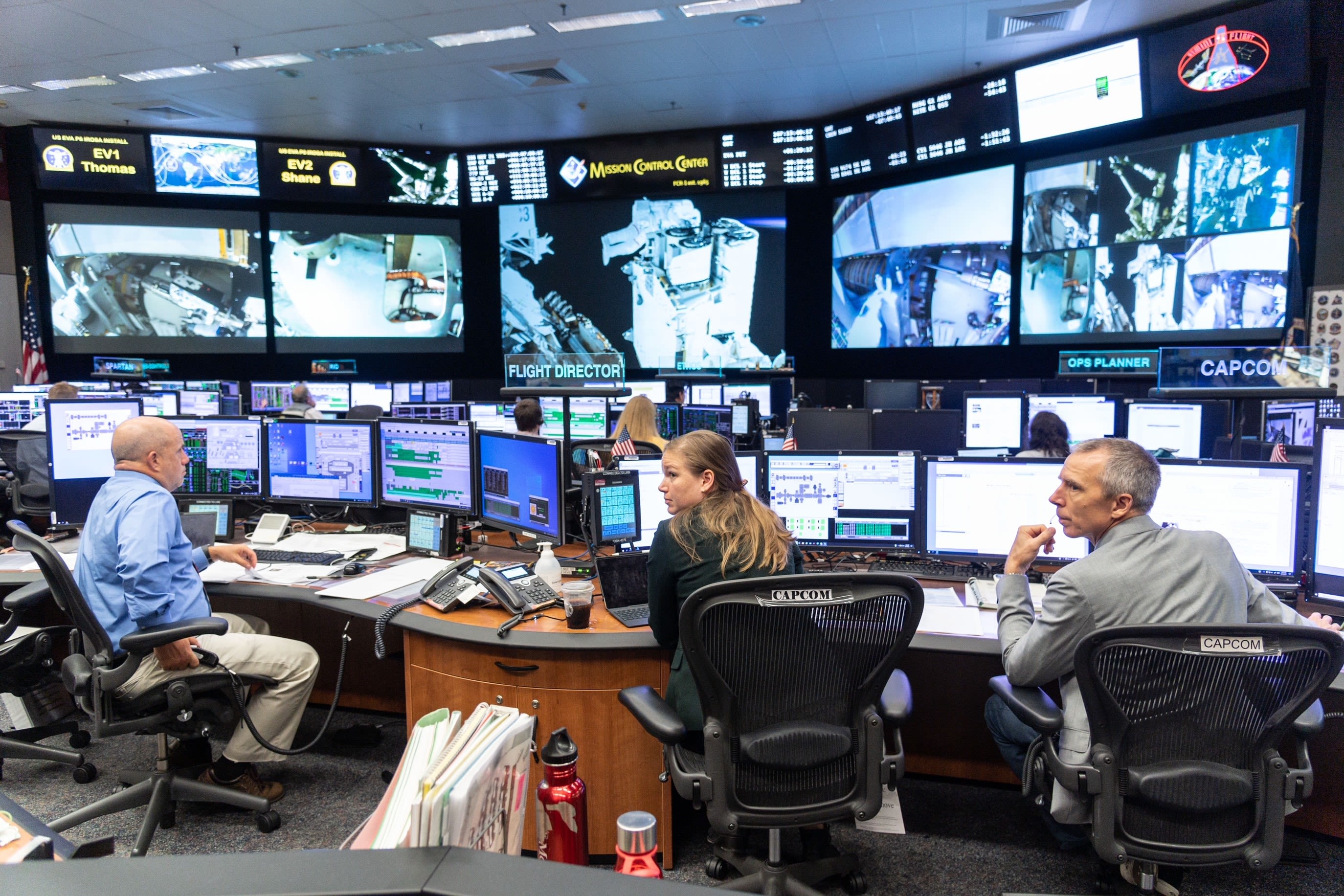
Essentially flying a test mission ahead of the Artemis III moon landing – which will put the first woman and first person of colour on the moon, and is currently planned for 2025 – the Artemis II crew will push further into space than anyone has gone before. They will collect vital information about new working sites on the lunar surface, and the technologies needed to do that work, and learn more about our Earth, moon and solar system.
"I would say it's the most critically ground-breaking mission that NASA has put together in 50 years," said Dr Gibbons. "And for me it’s just a pleasure to be able to learn as much as I can and support. It's the first crewed mission of the Orion capsule, and I'm going to help develop the procedures that the crew will need, and that future crews that do end up landing on the moon’s surface will need. It's just such a cool assignment."
The experience andr knowledge she gains from Artemis II will ensure DGibbons is eligible for future CSA missions.
"I can't wait to fly when it’s my time, but right now I'm looking forward to seeing the photos the crew take during the mission. Imagine looking out of the window and seeing the Earth from a viewpoint no one else ever has?
"My friends and colleagues say that seeing the Earth from space is just such a shift in perspective, and it really struck them how small and fragile it is. What really sticks out is the care we need to have with our planet, the markers for climate change that you can witness from space, and just how unified we are and should be."
“It’s the most critically ground-breaking mission that NASA has put together in 50 years."
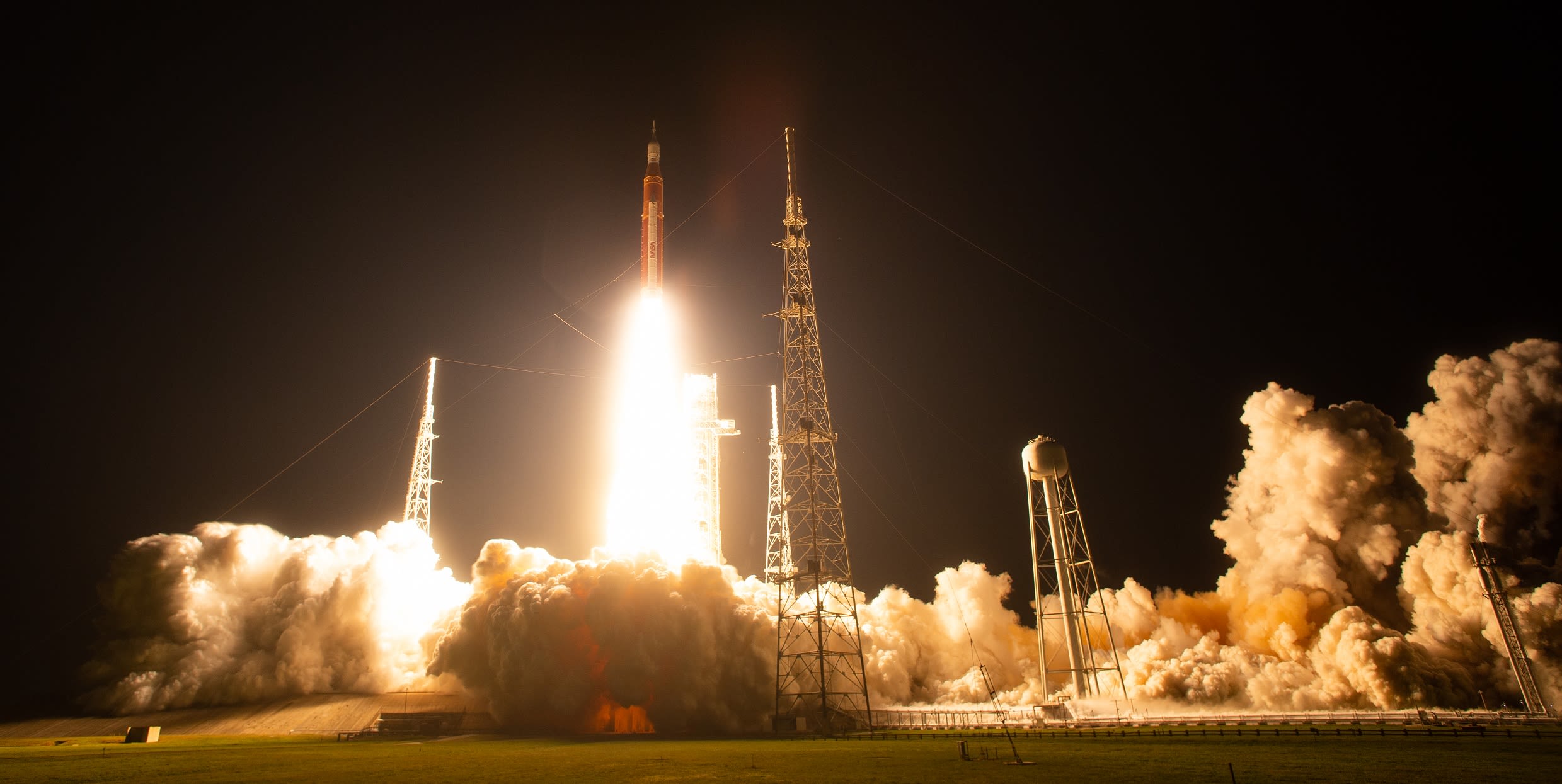
The text in this work is licensed under a Creative Commons Attribution 4.0 International License.